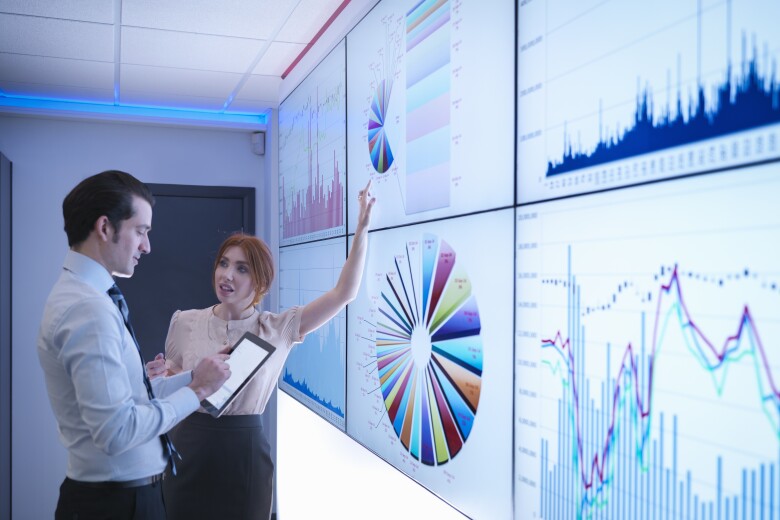3 Tips for Engaging Frontline Staff to Enable Electronic Health Records to Avoid Patient Harm
Dr. John Payne, cardiologist and InterSystems physician executive for Scotland
The benefits of the electronic health record (EHR) are well established in the eHealth community; they serve as a critical tool for improving patient safety, care connectivity and clinical outcomes. However, while the EHR is a key component of digital maturity ambitions in hospitals across the world, there is still more work to be done to educate those in the medical community on what it means to implement and effectively use the technology to improve the way that we deliver care.
Technology must be more than useable – it must be valuable, and for that to happen we must continue to communicate with the frontlines on the real benefits new information flows can deliver. Here are three simple benefits that EHRs can provide to the care community:
Communicate
A study reported on by EHR Intelligence revealed that 28 percent of ICU deaths involved at least one overlooked, inaccurate, or delayed diagnosis. Six percent of those errors were potentially fatal. So, despite access to technology that can provide a comprehensive view of patient histories, errors can still occur. Having an EHR platform is not enough to ensure high-quality care is delivered; healthcare providers need to understand how best to use the information provided and apply that knowledge to patient treatment. Understanding how these data misrepresentations occurred is a critical step to ensuring these errors can be avoided moving forward.
Overall, a well deployed EHR can act as a pillar of safety and can help advance hospitals ability to keep patients safe.
Measure
But it’s not just about using electronic prescribing to alert a clinician when a patient is allergic to a drug, or when certain prescriptions may be harmful.
Technology, like the EHR, can also be used to improve the approaches and tactics that providers are taking in day-to-day practice. For example, while clinical research provides insight into revolutionary treatments that are coming down the pipeline, information technology can ensure that industry best practices and guidelines are being followed right now, both in a standardized and consistent manner.
The EHR is a means to measure improvements in clinical practice with transparent access to information. Before you set out to lose weight, for example, you step on a scale to give yourself a starting point. The same principle applies to healthcare: hospitals cannot improve what they cannot measure.
In addition to measurement, standardization is another key necessity for safety and improvement. Standardized processes can be outlined in a checklist which can be embedded within the EHR. Measurement of compliance to standardized processes, and the measurement of harm associated with this process, can then be used to provide assurance of best practice, and patient safety.
A good example of this is the standardization of central venous line insertion, which has resulted in the dramatic reduction of blood infections. Effectiveness of the process, in this case compliance of the standardized insertion technique, can be measured, as can the incidence of blood infection.
It is because of EHR analytics that reliable and near real-time measurement of compliance to the standard central venous line insertion technique (and the associated harm of the blood infection) is possible.
Access to data, and the informed use of that data, allows hospitals to improve continuously. For example, planned changes in process can be tested to see if they cause a reduction in harm. If such a change is shown to reduce harm, the change can be incorporated into the standard process as an improvement.
Engage
As the global adoption of EHRs becomes more commonplace, we must not forget to engage staff on what the EHR can mean for better and safer care, so that full acceptance can allow technology to deliver its best. The potential of EHR technology is limitless; we just need to give health leaders the tools to make this promise a reality.





























